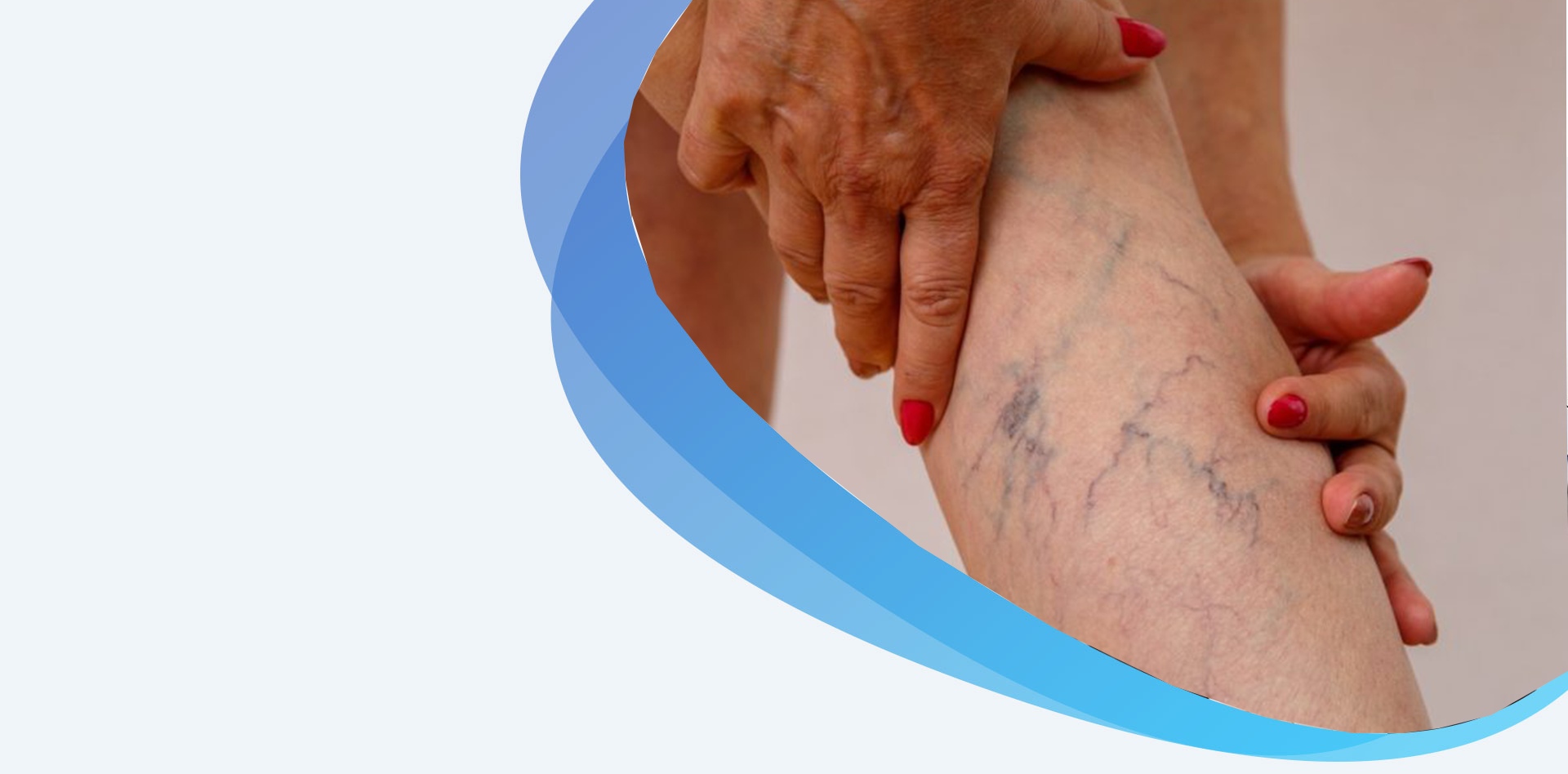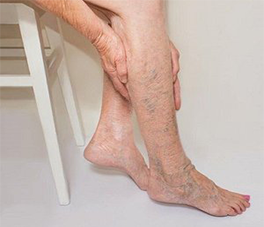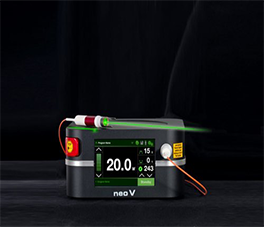Chronic Venous Insufficiency


If you have CVI, valves in your veins (usually in the leg or sometimes the arms) don't work, causing blood to pool in your legs and putting increased pressure on the walls of the veins. May be due to valve dysfunction (usually hereditary) or due to valve destruction after a deep vein thrombosis (DVT) or blood clot.
May affect up to 40% of the U.S population. More common in women (especially after multiple pregnancies) and in people who are middle-aged or older.
Even with very successful treatment, recurrence is common and you may need further care.
Most symptoms are mild, and not limb-threatening.
You may feel heaviness in the affected limb, as well as swelling and pain. Sometimes there is a darkening of the skin. An open sore or ulcer may develop—if your leg is affected, usually on the inside of the ankle—and it may be difficult to heal.
Enlarged and twisted veins close to the surface of the skin are a sign of a milder form of venous disease. You may feel burning, aching, heaviness and pain.
Vein valves become incompetent, especially when standing, for unknown reasons.
A blood clot in a deep vein that causes your vein valves to fail and may completely block the vein. This causes greater swelling and can lead to tissue changes that may cause darkening of the skin, dermatitis or ulcers.

You will be asked questions about symptoms and medical history, including questions about family members. The vascular surgeon will also perform a physical exam.

Most treatment is nonsurgical. The main goal is to prevent severe swelling and ulcers from developing.
